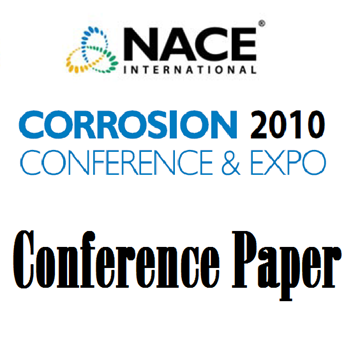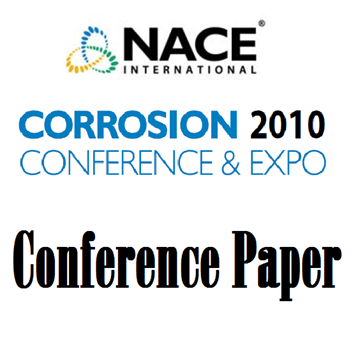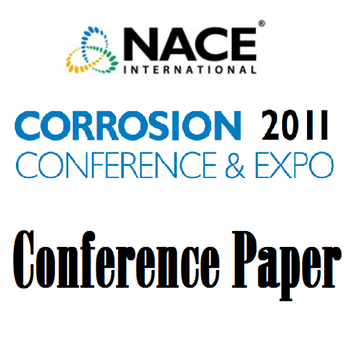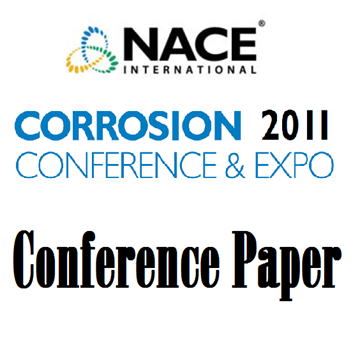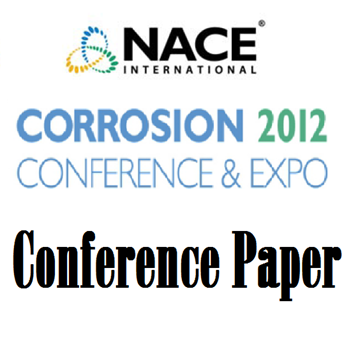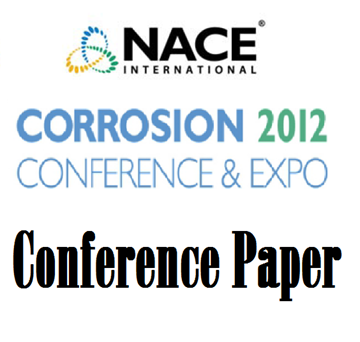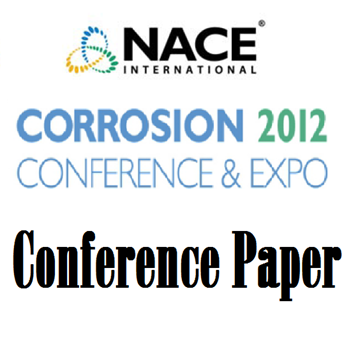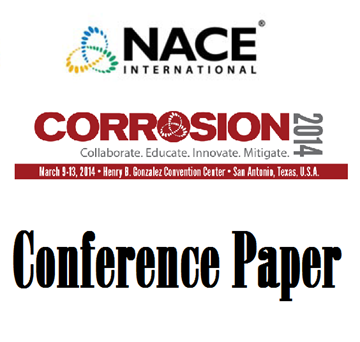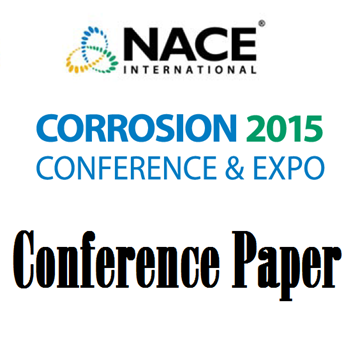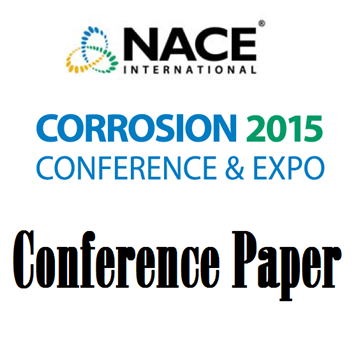Search
Science of Corrosion
View as
Sort by
Display
per page
10368 A Systematic Approach Toward Selection of Cost-Effective and Corrosion Resistant Materials and Corrosion Inhibition and Protection Methods by Using Corrosion Prediction Models
Product Number:
51300-10368-SG
ISBN:
10368 2010 CP
Publication Date:
2010
$20.00
10397 Performance of Aluminum Alloy Sacrificial Anode Under Cyclic Immersion in Seawater
Product Number:
51300-10397-SG
ISBN:
10397 2010 CP
Publication Date:
2010
$20.00
11292 Effect of Post Weld Heat Treatment on the Hydrogen Trapping Behavior of Pressue Vessel Steel
Product Number:
51300-11292-SG
ISBN:
2011 11292 CP
Publication Date:
2011
$20.00
11294 Susceptibility of Hydrogen Induced Stress Cracking of Duplex Stainless Steel at Elevated Temperature
Product Number:
51300-11294-SG
ISBN:
2011 11294 CP
Publication Date:
2011
$20.00
11353 Timescale Correlation Between Marine Atmospheric Exposure and Accelerated Corrosion Testing
Product Number:
51300-11353-SG
ISBN:
2011 11353 CP
Publication Date:
2011
$20.00
51312-01178-Promising biological performance of biodegradable 3D coated Mg alloy bone scaffold
Product Number:
51312-01178-SG
ISBN:
01178 2012 CP
Publication Date:
2012
$20.00
51312-01192-ASSESSMENT OF TELLURIC ACTIVITY IN THE AREA OF PROPOSED ALASKA HIGHWAY PIPELINE
Product Number:
51312-01192-SG
ISBN:
01192 2012 CP
Publication Date:
2012
$20.00
51312-01289-Flow Loop Trial of Corrosion Inhibitor Dose Optimisation by Micelle Detection
Product Number:
51312-01289-SG
ISBN:
01289 2012 CP
Publication Date:
2012
$20.00
51312-01404-The Eight Forms of Non-Metallic Corrosion
Product Number:
51312-01404-SG
ISBN:
01404 2012 CP
Publication Date:
2012
$20.00
51314-4159-Corrosion and Its Inhibition Under Iron Sulfide Deposits: Laboratory Testing Method Development
Product Number:
51314-4159-SG
ISBN:
4159 2014 CP
Publication Date:
2014
$20.00
51315-5425-A Unique Explosion Case Involving a Titanium Reactor
Product Number:
51315-5425-SG
ISBN:
5425 2015 CP
Publication Date:
2015
$0.00
51315-5590-Corrosion Test-data Modelling for C10H18N2Na2O10 Performance on Steel-rebar in 3.5% NaCl-immersed Concrete
Product Number:
51315-5590-SG
ISBN:
5590 2015 CP
Publication Date:
2015
$0.00

